Premium Only Content
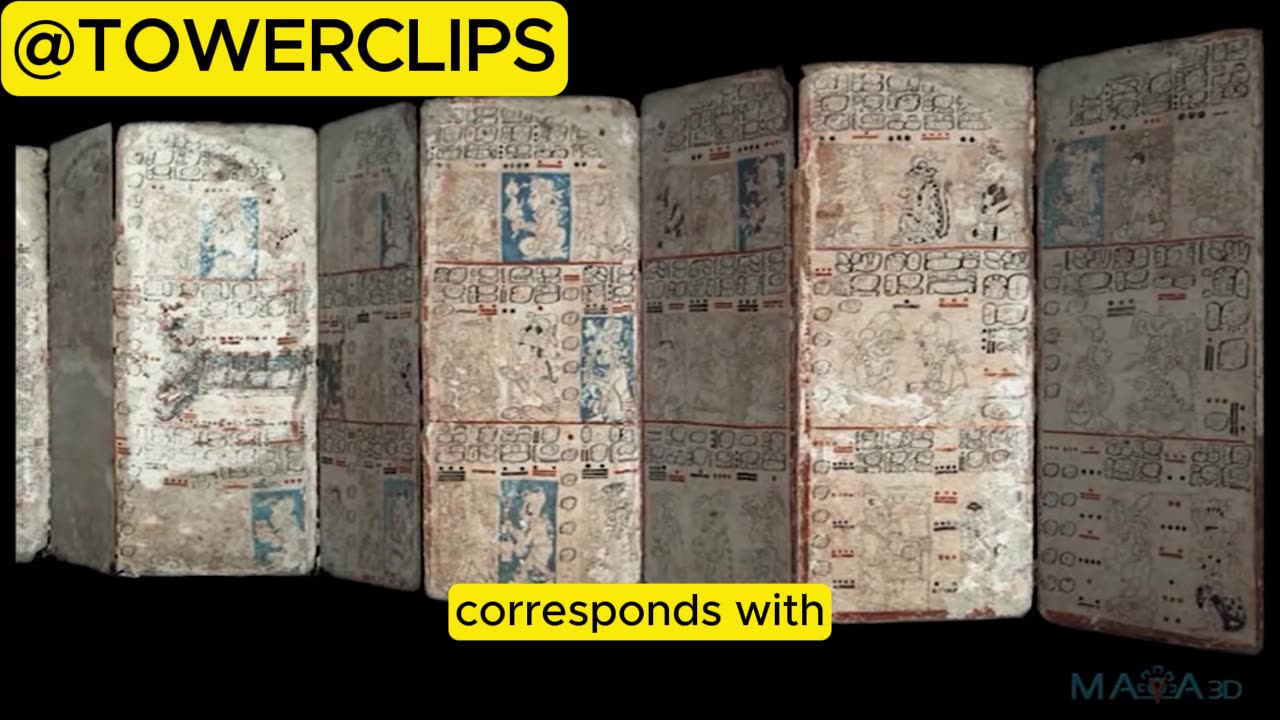
The Real Truth Behind the Ancient Maya Disappearance
The Maya civilization (/ˈmaɪə/) was a Mesoamerican civilization that existed from antiquity to the early modern period. It is known by its ancient temples and glyphs (script). The Maya script is the most sophisticated and highly developed writing system in the pre-Columbian Americas. The civilization is also noted for its art, architecture, mathematics, calendar, and astronomical system.
The Maya civilization developed in the Maya Region, an area that today comprises southeastern Mexico, all of Guatemala and Belize, and the western portions of Honduras and El Salvador. It includes the northern lowlands of the Yucatán Peninsula and the Guatemalan Highlands of the Sierra Madre, the Mexican state of Chiapas, southern Guatemala, El Salvador, and the southern lowlands of the Pacific littoral plain. Today, their descendants, known collectively as the Maya, number well over 6 million individuals, speak more than twenty-eight surviving Mayan languages, and reside in nearly the same area as their ancestors.
The Archaic period, before 2000 BC, saw the first developments in agriculture and the earliest villages. The Preclassic period (c. 2000 BC to 250 AD) saw the establishment of the first complex societies in the Maya region, and the cultivation of the staple crops of the Maya diet, including maize, beans, squashes, and chili peppers. The first Maya cities developed around 750 BC, and by 500 BC these cities possessed monumental architecture, including large temples with elaborate stucco façades. Hieroglyphic writing was being used in the Maya region by the 3rd century BC. In the Late Preclassic, a number of large cities developed in the Petén Basin, and the city of Kaminaljuyu rose to prominence in the Guatemalan Highlands. Beginning around 250 AD, the Classic period is largely defined as when the Maya were raising sculpted monuments with Long Count dates. This period saw the Maya civilization develop many city-states linked by a complex trade network. In the Maya Lowlands two great rivals, the cities of Tikal and Calakmul, became powerful. The Classic period also saw the intrusive intervention of the central Mexican city of Teotihuacan in Maya dynastic politics. In the 9th century, there was a widespread political collapse in the central Maya region, resulting in civil wars, the abandonment of cities, and a northward shift of population. The Postclassic period saw the rise of Chichen Itza in the north, and the expansion of the aggressive Kʼicheʼ kingdom in the Guatemalan Highlands. In the 16th century, the Spanish Empire colonised the Mesoamerican region, and a lengthy series of campaigns saw the fall of Nojpetén, the last Maya city, in 1697.
-
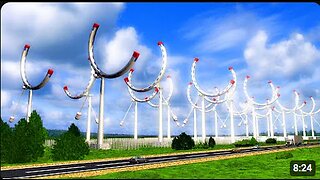 6:39
6:39
TOWERCLIPS
1 year agoFree Energy Machines
1502 -
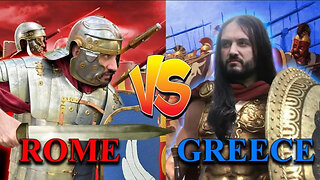 19:53
19:53
MetatronHistory
1 hour agoRome VS Greece - Ultimate Clash of Civilizations Explained
5 -
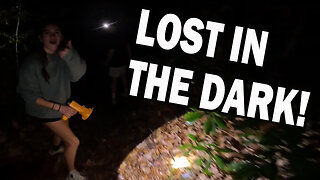 33:09
33:09
Exploring With Nug
4 hours ago $2.81 earnedThey Weren’t Ready for Nightfall on Blood Mountain… So I Helped Them Down
13.7K1 -
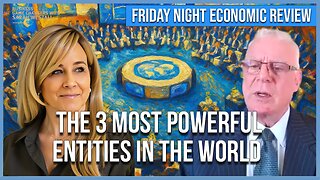 LIVE
LIVE
Sarah Westall
2 hours agoBoardroom and Government Infiltration: The Silent Erosion of American Power w/ Mike Harris
207 watching -
 LIVE
LIVE
JahBlessCreates
36 minutes ago🎉WE BACK!! MUSIC | VIBES | GAMES
12 watching -
![R.E.D FRIDAY!! TIME FOR WAR! [RGMT CONTENT Mgr. | RGMT GL | GZW CL]](https://1a-1791.com/video/fwe2/cb/s8/1/c/f/6/B/cf6Bz.0kob-small-R.E.D-FRIDAY-TIME-FOR-WAR-R.jpg) LIVE
LIVE
XDDX_HiTower
41 minutes agoR.E.D FRIDAY!! TIME FOR WAR! [RGMT CONTENT Mgr. | RGMT GL | GZW CL]
19 watching -
 LIVE
LIVE
Cewpins
1 hour agoFRIDAY CrossFade PARTY!!🔥weed + dabs + prosecco🍃420💨!MJ
47 watching -
 1:03:56
1:03:56
Glenn Greenwald
5 hours agoIs MAGA Divided? Revisiting the Major Controversies on the Right
87.4K36 -
 LIVE
LIVE
Mally_Mouse
22 hours ago🎮 Let's Play!!: Stardew Valley pt. 33
165 watching -
 LIVE
LIVE
VapinGamers
1 hour ago $0.20 earnedForlight 84/Fortnite: Rum Bot Testing - Gaming, Coding and Other Things - !rumbot !music
70 watching